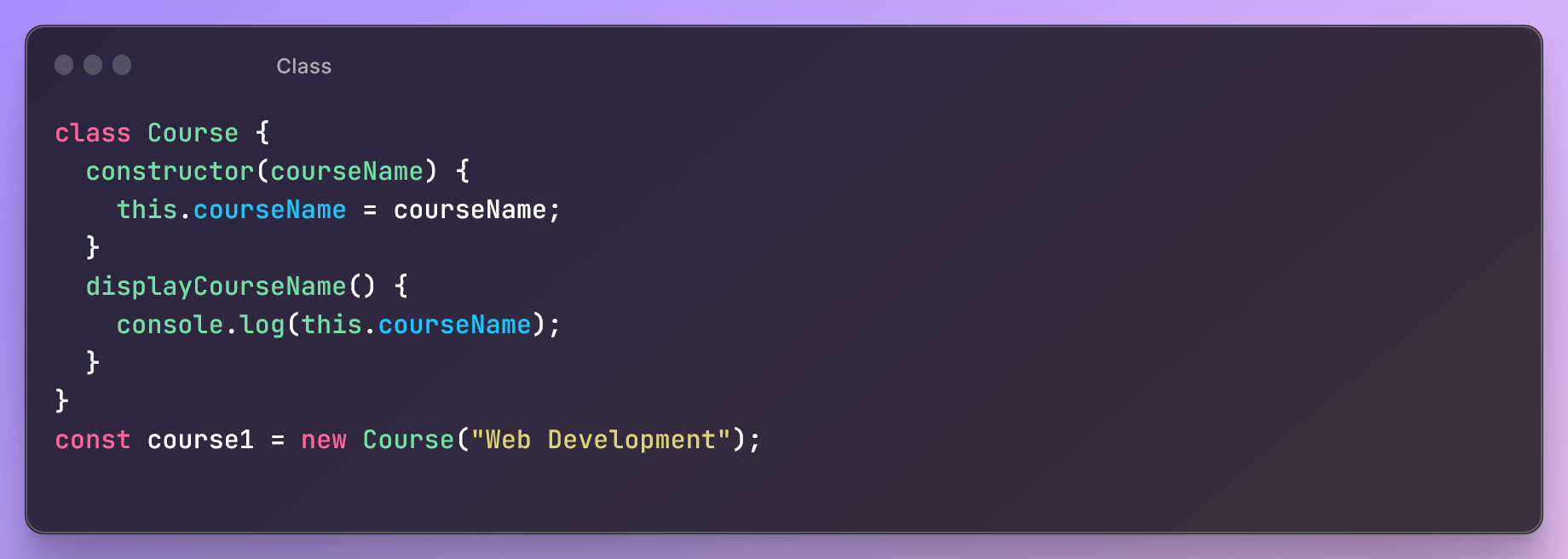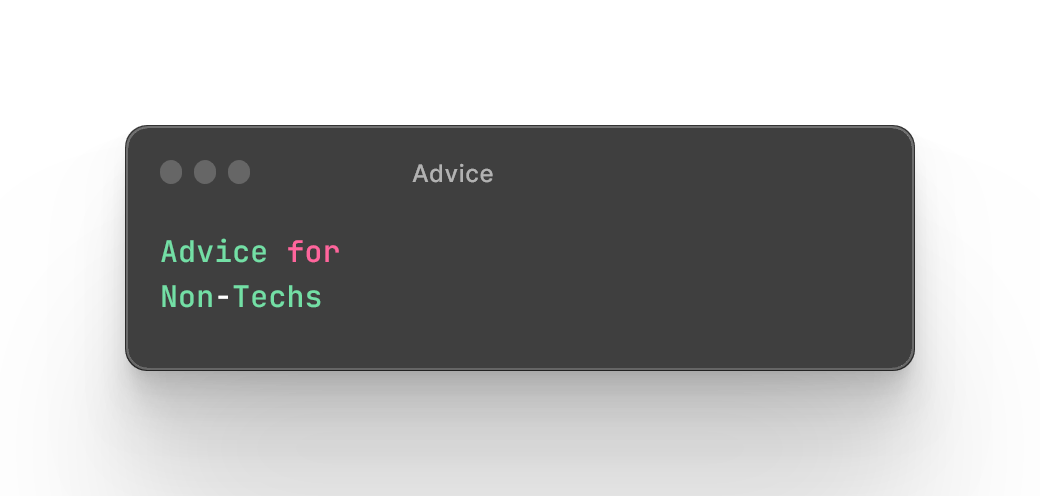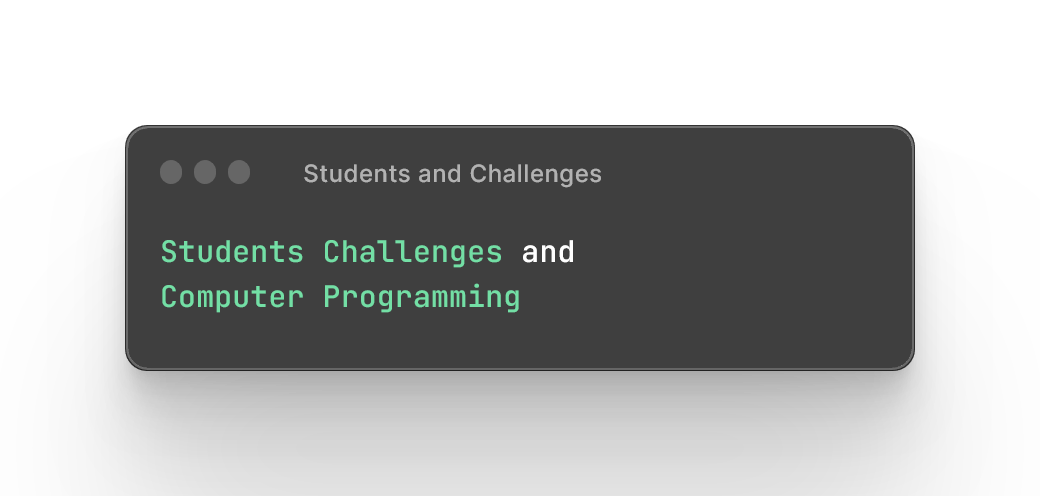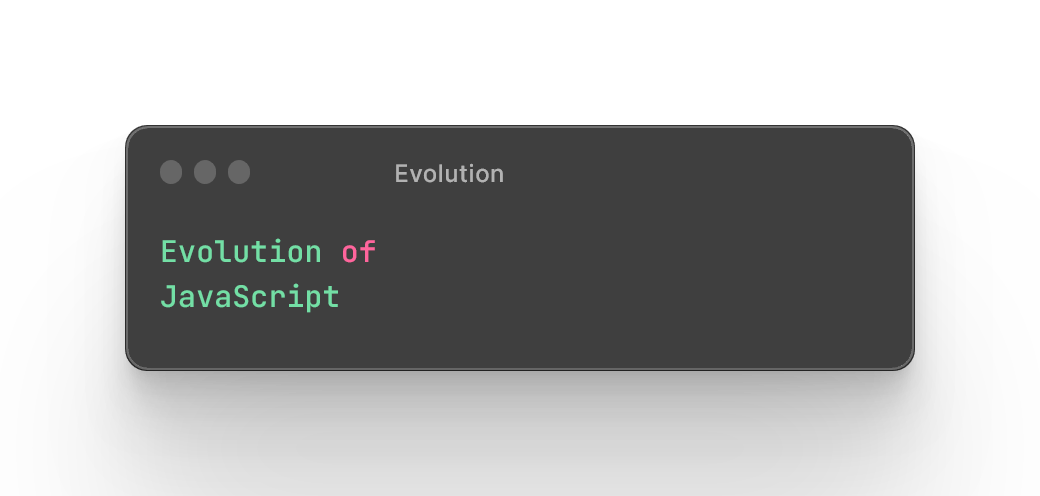
In the fast-paced world of web development, the front-end landscape has witnessed a remarkable transformation over the years. At the core of this transformation lies JavaScript - a versatile and dynamic programming language that has become the foundation for building interactive and user-friendly web applications. In this article, we will explore the rise of front-end development, delve into the origins of famous JavaScript frameworks, and understand how they have revolutionized the way we create web experiences.
The Emergence of Front-End Development
Back in the early days of the internet, web pages were static and lacked interactivity. HTML and CSS were the primary technologies used for rendering content and applying styles. As websites grew in complexity and users demanded more engaging experiences, a need arose for a programming language that could enable dynamic behavior on the client-side. Enter JavaScript.
Developed by Brendan Eich at Netscape Communications in just ten days, JavaScript (originally known as LiveScript) made its debut in September 1995. Its main purpose was to add interactivity to web pages by allowing developers to manipulate the Document Object Model (DOM) and respond to user actions. With this newfound capability, front-end development took a massive leap forward, giving rise to a new era of web applications.
The Rise of Famous JavaScript Frameworks
While JavaScript provided the foundation for interactivity, the lack of structure and organization in raw JavaScript code became apparent as projects grew in size and complexity. Developers started seeking solutions to make their code more maintainable, scalable, and easier to work with. This led to the emergence of JavaScript frameworks that offered well-defined architectures and powerful abstractions to streamline front-end development.
Programming is not about typing, it's about thinking.
- Rich Hickey
The Emergence of AngularJS
AngularJS, developed by Google, marked a significant shift in web development paradigms when it was released in 2010. It introduced the concept of Model-View-Controller (MVC) architecture to web applications, promoting a structured approach to development. With AngularJS, developers could build dynamic, single-page applications (SPAs) that allowed seamless user interactions without reloading the entire page. This made web applications feel more responsive and provided a smoother user experience.
The Evolution of Angular 2+
AngularJS paved the way for its successor, Angular 2+, which was a complete rewrite of the original framework. Released in 2016, Angular 2+ brought in major changes, introducing TypeScript as the primary language for development. TypeScript, a superset of JavaScript, added static typing, making code more reliable and maintainable. The new version also improved performance and introduced features like lazy loading, facilitating faster application loading times. Angular 2+ became a robust framework for building complex, enterprise-grade applications with a strong emphasis on modularity and scalability.
Additionally, Angular 2+ offer a comprehensive ecosystem with built-in tools for various tasks, such as routing, form handling, and testing. These tools enable developers to efficiently handle common challenges encountered in web development. For instance, the routing module helps manage navigation and page transitions, while the form handling features assist in validating and processing user input. Moreover, Angular's testing utilities facilitate writing unit and integration tests, ensuring the application's reliability and maintainability.
React: The Declarative Powerhouse
React, developed and maintained by Facebook, emerged as a game-changer in the JavaScript ecosystem. Introduced in 2013, React focused on building user interfaces through a declarative paradigm. Instead of directly manipulating the DOM (Document Object Model), developers described how the UI should look and behave, and React took care of efficiently updating the DOM. This approach, known as the Virtual DOM, significantly improved performance and allowed developers to create reusable UI components, streamlining the development process.
Vue.js: The Progressive JavaScript Framework
Vue.js, released in 2014, gained popularity rapidly due to its simplicity and flexibility. Created by a former Google engineer, Evan You, Vue.js was designed to be an approachable and versatile framework that could be incrementally adopted. Developers could use Vue.js for small components within existing projects or build entire single-page applications from scratch. Its gentle learning curve and well-designed documentation attracted a broad developer community, leading to its widespread adoption.





